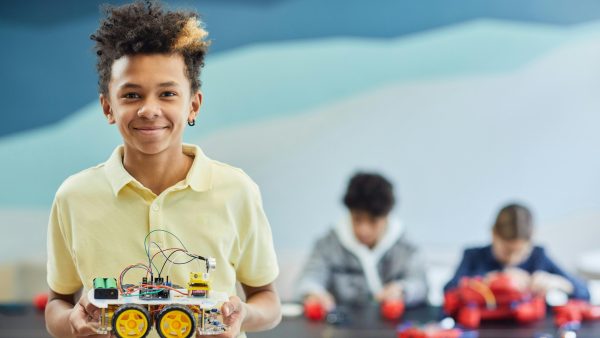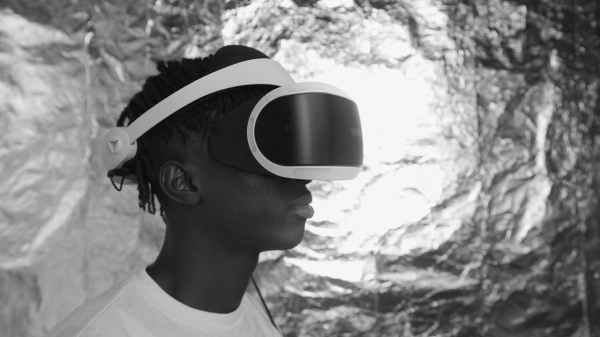The traditional model
Let us visualise the most traditional model of educational spaces, a model perpetuated for centuries and that still remains in multiple spaces and geographies: teachers, blackboard, and pupils at their desks.
Of course, the subjects and the way they are approached have been subject to different modifications and adaptations, according to the times and pedagogical and didactic considerations and their respective demands.
Little by little, and at the end of the 20th century, different modifications were inserted, which changed this scenario and connected with the digital environment, for example: projectors, computers, tablets and digital blackboards. It is true that in recent years this use has been more profound and has reached educational spaces that were still far removed from these possibilities.
All in pursuit of bringing students and teachers closer to the digital transformation that society is undergoing and which is therefore inseparable from education, and the era of Big Data, which we will explore in more detail below, where we propose to take data knowledge to a new level of educational strategy.
What is Big Data and how does it apply to education?
Big data refers to a large amount of information that can only be processed through the use of digital tools and that allows us to provide answers to questions through the analysis of huge volumes of data.
Its paradigm is made up of the “5 Vs of Big Data”:
Volume, Velocity, Variety, Veracity and Value.
The International Telecommunication Union (ITU) defines big data as a practice that enables the collection, storage, management, analysis and visualisation, potentially in real time, of large data sets with heterogeneous characteristics.
So how can big data be applied in an educational context?
It can be applied through the creation of student data collection protocols, the creation of databases and subsequent analysis. It should be noted that for this to be possible, it is essential to have a digitised environment that makes use of and is available to devices and software.
Benefits of Big Data in educational environments
Among the main benefits of using Big Data in an educational environment, we can highlight, for example: reduction of the school dropout rate by detecting risk factors, optimisation of performance assessment, development of career plans based on strengths and weaknesses, personalisation of syllabuses and learning rhythms, among others.
All this is achieved through data collection in digital environments. Hence what I mentioned earlier as essential: fostering digital environments that enable this provision.
The identification of weaknesses and strengths of the educational context where its use allows for more focused and rapid action by teachers, enhancing knowledge and its access, as well as going hand in hand with the creation of intelligent classrooms, where artificial intelligence is presented as an ally in learning.
In no way does the use of Big Data or Artificial Intelligence intend to replace teachers, but rather to provide them with information and tools that allow them to deliver knowledge in the most effective and necessary way.
Considering the growing importance of this issue and its incorporation into everyday life, Telefónica has proposed and continues to propose different programmes and projects to bring Big Data closer to society.
Fundación Telefónica Argentina is currently offering an online course to introduce us to this universe.
And also through ProFuturo, a digital education programme promoted by Fundación Telefónica and Fundación “La Caixa”, whose hallmarks are quality, sustainability and accessibility.
Profuturo was created in 2016, and since then it has been growing and expanding around the world. In 2023 it reached 39 countries in Latin America, the Caribbean, Africa and Asia. Its digital education programme trained more than 334,000 teachers and benefited 1.2 million children in these four regions.






